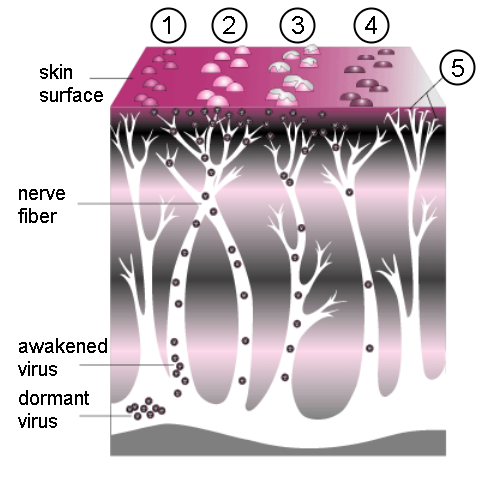
In rheumatology morning report today we discussed an older woman presenting with hemoptysis and acute kidney injury with a Cr in the 700s. This lead to an interesting discussion of the many systemic disorders that can present with renal and pulmonary manifestations.
Pulmonary renal syndrome is essentially the simultaneous occurrence of both glomerulonephritis and diffuse alveolar hemorrhage. This usually manifests as a rapidly rising Cr, hematuria, and shortness of breath/cough/hemoptysis/desaturation. However, we must also remember that other conditions may cause acute kidney injury and pulmonary manifestations as well (ie acute kidney injury from prerenal failure or ATN complicating pneumonia, ARDS/AKI from sepsis/trauma, malaria, rapidly progressing AKI in CHF, etc). What really is needed to differentiate these entitities from true pulmonary renal syndrome is the presence of alveolar hemorrhage on bronchoscopy and the presence of glomerulonephritis on biopsy or urine microscopy (hematuria, red cell casts).
The causes of pulmonary renal syndrome include:
Connective Tissue Disorders
Polymyositis or dermatomyositis
Progressive systemic sclerosis
RA
SLE
Anti-glomerular basement membrane disease
Goodpasture's syndrome
Systemic Vasculitidies
Behçet's syndrome
Churg-Strauss syndrome
Cryoglobulinemia
Henoch-Schönlein purpura
Microscopic polyarteritis
Wegener's granulomatosis
Other
Drug Reactions
We discussed that the initial workup for these patients should include CBC + diff (for cytopenias), smear (for hemolysis), Cr, BUN, Lytes, Ca, Mg, PO4, albumin, LFTs, INR, PTT, CXR, EKG, and urinalysis and microscopy.
Further serology should include:
ANA, dsDNA if ANA positive (for SLE)
ANCA (c-ANCA (anti-PR3) positive in Wegener's, p-ANCA (Anti-MPO) in microscopic polyangiits, P>C-ANCA in Churg-Strauss. (Note: immunofluorescence is sensitive but less specific while ELISA is specific and sensitive. Know which one your lab does.)
Anti-GBM for Goodpasture's
Definitive Diagnosis: biopsy of lung/kidneys.
It is often necessary to make quick but definitive diagnoses as the consequences of not treating are dire, but the side effects of many of our immunosuppressive agents are not insignificant.
Please see a post from July on an interesting case of levimasole-induced vasculitis.
See here for an interesting review of ANCA vasculitidies from 2009.


